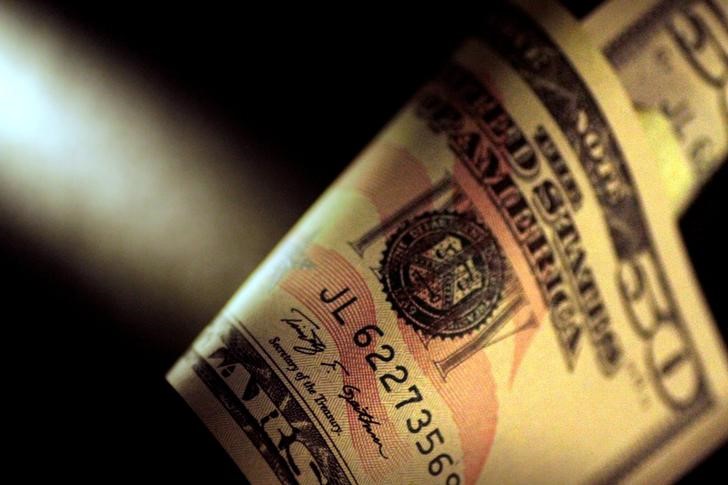
Middling Chinese inflation data weighed on the yuan, while also sparking mild weakness in other China-exposed currencies.
The yuan’s USDCNY pair rose 0.1% on Monday, hitting a two-week high after data released over the weekend offered mixed cues on Chinese inflation.
Consumer price index inflation rose more than expected in April, as persistent stimulus measures from Beijing helped buoy demand. But producer price index inflation shrank for a 19th consecutive month, as Chinese business activity remained laggard.
The inflation data showed that Beijing still had much more work to do in order to shore up economic growth.
Traders were also wary of China after reports last week said the Biden administration was preparing more trade tariffs against the country, especially on China’s electric vehicle sector. The move could reignite a trade war between the world’s largest economies.
Other China-exposed currencies clocked mild losses on Monday. The Australian dollar’s AUDUSD pair fell 0.1%, while the Singapore dollar’s USDSGD pair rose slightly.
The South Korean won’s USDKRW pair fell 0.1%.
The Japanese yen moved little on Monday, with the USDJPY pair hovering just below the 156 level.
Focus remained on any more potential government intervention to support the currency, following at least two instances of intervention earlier in May. The government was seen stepping in to bring down the USDJPY pair from 34-year highs above 160.
While 160 is seen as the line in the sand for the government, analysts warned that intervention could still occur before that.
The dollar index and dollar index futures moved little in Asian trade on Monday.
But traders remained largely biased towards the greenback ahead of key U.S. inflation data due later this week.
The CPI reading– due on Wednesday- will be in close focus, given that it is likely to factor into the outlook for U.S. interest rates.
The dollar saw wild swings last week as mixed U.S. economic readings sparked questions over just when the central bank will begin cutting interest rates this year. But while the U.S. economy seemingly cooled in recent months, inflation is still projected to remain sticky.
To read the full article, Click Here
